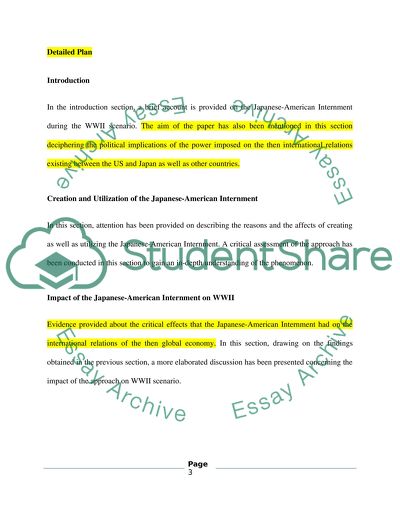Cite this document
(“Analyze the Japanese-American Internment (War Relocation Camps, 1942) Research Paper”, n.d.)
Retrieved from https://studentshare.org/history/1657147-analyze-the-japanese-american-internment-war-relocation-camps-1942-in-the-years-of-wwii
Retrieved from https://studentshare.org/history/1657147-analyze-the-japanese-american-internment-war-relocation-camps-1942-in-the-years-of-wwii
(Analyze the Japanese-American Internment (War Relocation Camps, 1942) Research Paper)
https://studentshare.org/history/1657147-analyze-the-japanese-american-internment-war-relocation-camps-1942-in-the-years-of-wwii.
https://studentshare.org/history/1657147-analyze-the-japanese-american-internment-war-relocation-camps-1942-in-the-years-of-wwii.
“Analyze the Japanese-American Internment (War Relocation Camps, 1942) Research Paper”, n.d. https://studentshare.org/history/1657147-analyze-the-japanese-american-internment-war-relocation-camps-1942-in-the-years-of-wwii.


